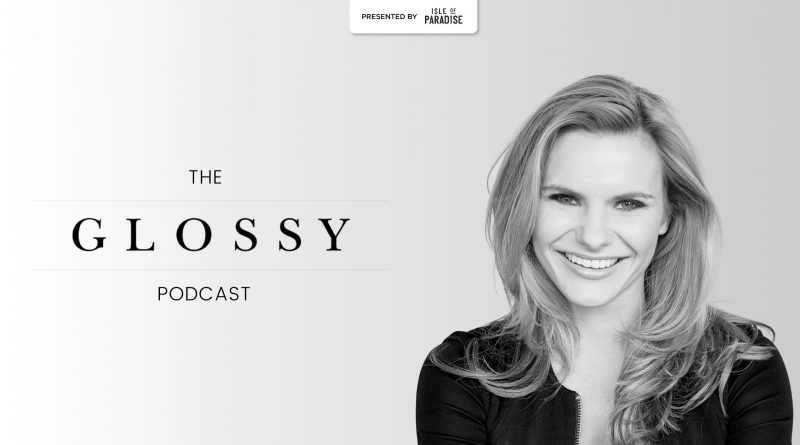‘You have to be a digital business and own your customer’ – Glossy
In Clearbranc president Michele Romanow’s view, regular banks are pretty clueless.
“Banks don’t understand digital business,” she said on the Glossy Podcast. “They understand if you’re a restaurant with a pizza oven, and that if your business goes out of business, they can sell the pizza oven, as it has residual value.”
But they’re less likely to accurately value inventory or to understand that a strong customer acquisition strategy — if a DTC company has gotten there — is a valuable asset in itself.
Founded in 2015, Clearbanc provides funding for widespread companies — each of which are typically bringing in at least $10,000 in monthly revenue — for a flat fee. To date, it’s invested $1 billion in more than 3,000 brands, including Public Goods, Nectar and Haus.
By the numbers, these companies are more diverse than the ones venture capital typically underwrites.
A year and half into the company’s existence, “we had funded eight-times more women than the venture capital industry average, which I’m super proud of,” Romanow said. “We’ve funded founders in all 50 states in America. In comparison, 80% of VC dollars last year went into four states in America: California, New York, Texas and Massachusetts.”
The company has invested heavily in DTC — “right now is an incredible time for the DTC world,” Romanow said — but also on SaaS.
Here are a few highlights from the conversation, which have been lightly edited for clarity.
The real DTC winners? Big tech.
“It’s crazy. Fifty-percent of the VC dollars that go into DTC companies go straight to Google or Facebook. Two vendors! And any DTC founder knows this. Customer acquisition is the core of what you do. So if you have good unit economics, why are you using the most expensive capital, which is always going to be equity? You’re giving up a piece of your company you’re never going to get back; you’re giving up control — to do something that, by definition, should be repeatable and scalable. [Providing an alternative] was our value prop at the beginning.”
DTC has seen 10 years’ worth of growth in just one
“Right now is an incredible time for the DTC world. It’s been a hard time for the world, but we’ve seen a 10-year growth in e-commerce that we would have never witnessed without Covid. We kind of all intuitively know that. You can see the charts that show the percentage of retail sales, and e-commerce went from 14% to 28% in the first 12 weeks of Covid. That was truly a 10-year shift; we thought that would happen in 2030, not in 2020. But let’s look more deeply at what that was composed of: The first thing is that we got comfortable buying categories [online] that people have been really uncomfortable [about] before. People of our demographic were probably fine buying groceries online. But someone like my mother, she was like, ‘Absolutely not, Michele. All my blueberries are going to come crushed. I couldn’t possibly trust someone else to do this.’ Covid hit, and she had to trust someone else to do it, and she was like, ‘Wow, this is game-changing!’ So food was a huge category that surged. Big, bulky items — most people, if they were buying $20,000 or $50,000 or $100,000 of furniture, they wanted to go into a showroom; they wanted to touch and feel it. Now people were comfortable refurnishing their homes on e-commerce, and buying barbecues and items that were really hard to ship. And then there were these final categories of products we felt we needed to touch and feel, like color cosmetics.”
Banks just don’t get it
“Banks don’t understand digital business. They understand if you’re a restaurant with a pizza oven, and that if your business goes out of business, they can sell the pizza oven, as it has residual value. Valuing inventory is incredibly difficult for banks, and this idea that customer acquisition costs or how you buy your digital ads was an asset or a skill set at all was totally foreign to banks. So banks have created products for entrepreneurs that take no risk on those entrepreneurs. They basically say, ‘Because you’re a small business and because I can’t understand it, we’ll just put personal guarantees in there, and if the business fails, then I’ll take your personal assets.’ And that’s really been the option available for e-commerce and direct-to-consumer and many entrepreneurs.”
A reckoning for big retail stores
“I think these models are really archaic. They are designed by a retail system that had too many square feet. They wanted to put all of their risk onto their brands and their vendors. You’re starting to see that. And even worse, they would take the designers’ best pieces and copy them, and call them private-label items. I think retail is going to definitely have a bit of a reckoning here. We have way too many square feet for what we need, in terms of retail footprint, especially in the United States. We’re not going to see people shopping the same way they used to, for the same things they used to. It’s just a good time for every business to realize: You have to be a digital business, and you have to own your customer.”



